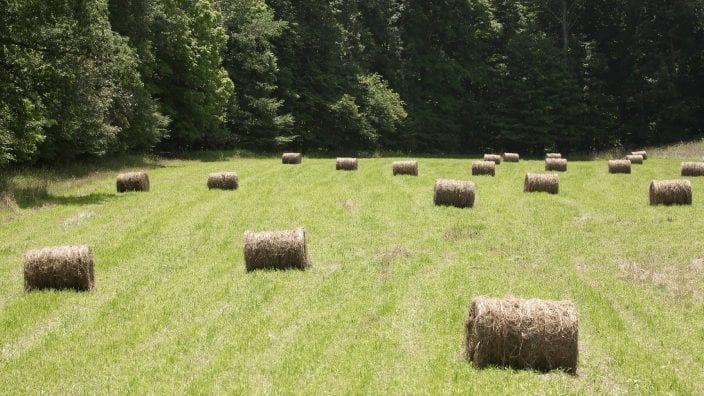Applications for Ohio Farm Bureau Health Plans now available
Members have three ways to apply: contacting a certified agent, calling 833-468-4280 or visiting ohiofarmbureauhealthplans.org.
Read MoreHello, everyone!
I hope you have been able to make the most of our dry weather to put in your garden, plant your fields and spend some time with family and friends outside.
As we move into the summer and approach our first cutting of hay, I have been receiving a few questions about splitting hay on “shares.”
Splitting hay on shares is an agreement between the person who owns the hay field, and the person that owns and operates the hay equipment to split the amount of hay produced as a form of payment.
Common arrangements are splitting the hay (operator/landowner) 50/50, 60/40 and 75/25. The amount, or share, that is split depends on several factors — who pays the fertilizer bill, quality of hay, quantity of hay, etc. Generally speaking, whoever provides more to the production of the hay crop will receive a greater portion of the share.
Going in on shares for a hay crop does present some challenges that you should be aware of. The biggest concern is getting an accurate count of the hay so that an accurate split can be made.
I can hear you thinking “counting bales isn’t that hard” but have you ever pulled your hair out trying to count a poorly stacked wagon of hay when the bale counter broke? Think about how you will separate the shares of hay before the first windrow is baled up to prevent any hard feelings or conflict.
It’s much easier to count round bales, large square bales or simply by the ton if you have easy access to a scale.
The other, and bigger concern, is that most of these agreements are verbal agreements without a written contract. In the absence of a written agreement, a business partnership between the landowner and operator could inadvertently be made.
Under normal circumstances this may not be an issue, but if there were an accident in the course of making hay, both parties could be held liable.
For example, if the operator pulls out of the hay field with a load of hay, and strikes a car in the process, the landowner may be at financial and legal risk for the accident. The financial and legal risk would also extend to the operator if the landowner causes an accident.
There are a couple of ways to prevent the legal issues. One is to have a written and signed contract stating that the shares arrangement does not reflect an intention to enter into a business partnership.
Once you have a draft document written up, it would be recommended to have it reviewed by a lawyer to make sure that both parties are protected.
It is also recommended that both the landowner and operator have adequate liability policies. If you are farming, you should have one anyway to protect yourself even if you are not farming on shares.
There are other ways to split hay without the common shares agreement that may offer more protection, too. Renting by the acre, custom harvesting, paying market prices, etc., are all safer options. Whatever method you choose, be sure to have a written agreement.
Putting up hay is a dangerous operation, so please be safe this weekend! PTO shaft guards, slow-moving vehicle signs, shielding on equipment and proper training are all essential to make sure that everyone sees another hay season with all limbs and digits attached. Accidents can happen in a split second with lifetime consequences. Always think ahead and prepare for the worst and hope for the best. Stay safe out there!
If you have any questions on farm leases, rental rates, crop shares or farm safety, you can reach me at 330-638-6783. OSU Extension Trumbull County is still working from home, but we are working on returning to the office soon.
If you need a soil test kit, have plant samples, or other items that you need help with give us a call.
Take care and stay healthy.
Submitted by Lee Beers, an OSU Extension Educator, who can be reached by email or by phone at 330-638-6738.
OFBF Mission: Working together for Ohio farmers to advance agriculture and strengthen our communities.

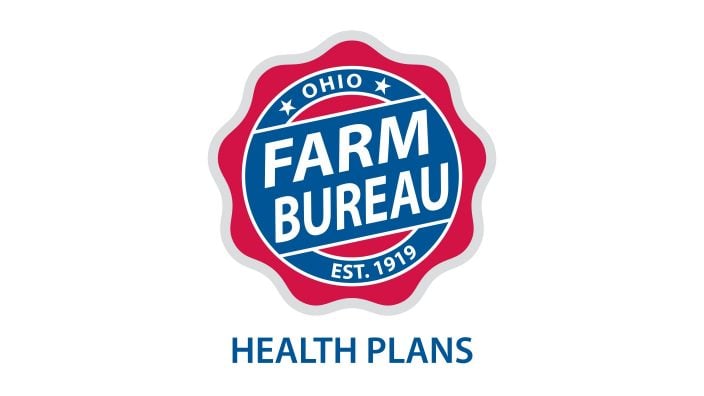
Members have three ways to apply: contacting a certified agent, calling 833-468-4280 or visiting ohiofarmbureauhealthplans.org.
Read More
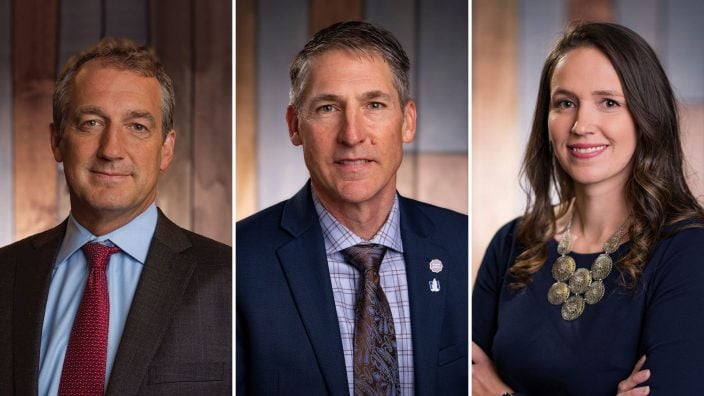
Bill Patterson, Cy Prettyman and Adele Flynn will continue to serve as officers for Ohio Farm Bureau Federation.
Read More
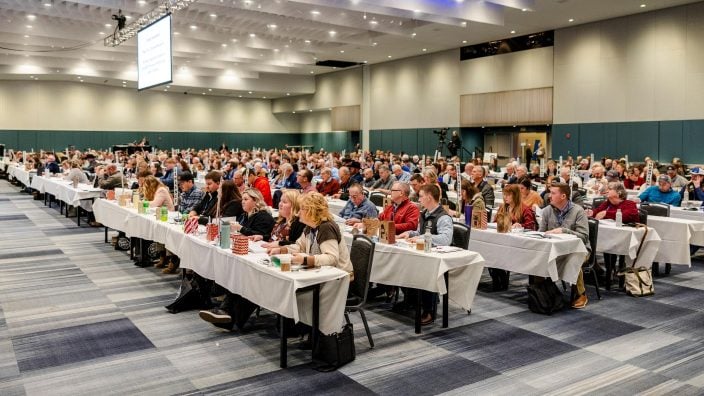
Delegates discussed many topics impacting agriculture including farmland preservation, local foods, and succession planning.
Read More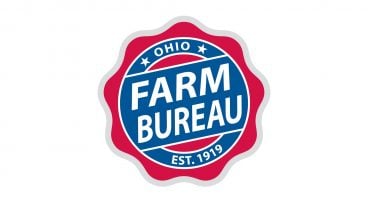
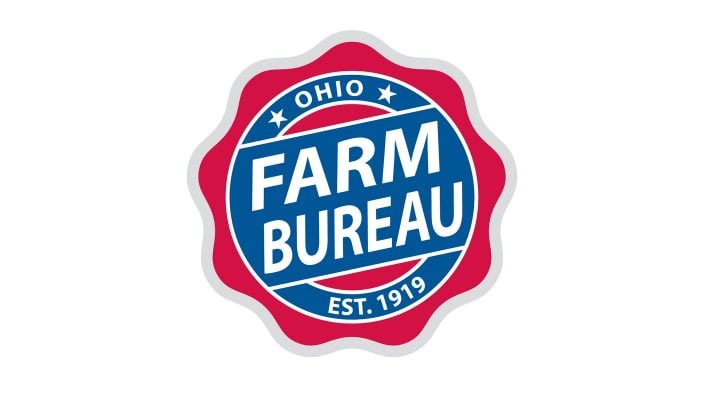
Twenty-six farmers govern the state’s largest farm and food organization.
Read More
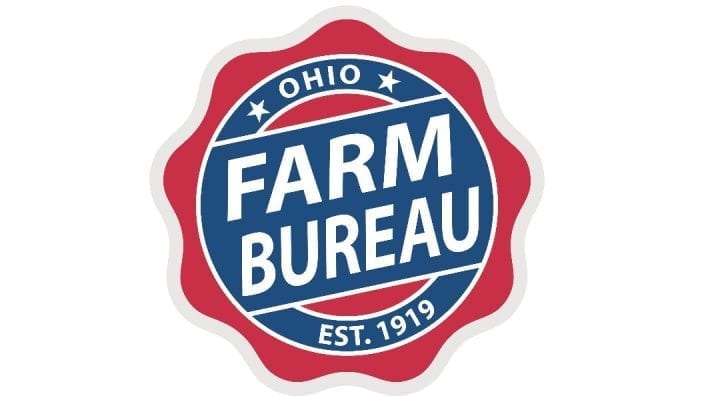
The 2025 recipients are Fred Cooke (posthumous) of Richland County, Marvin Dietsch of Williams County, Steven Knollman of Hamilton County and Michele Miller (posthumous) of Ottawa County.
Read More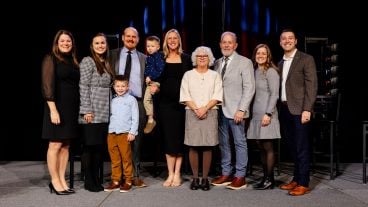
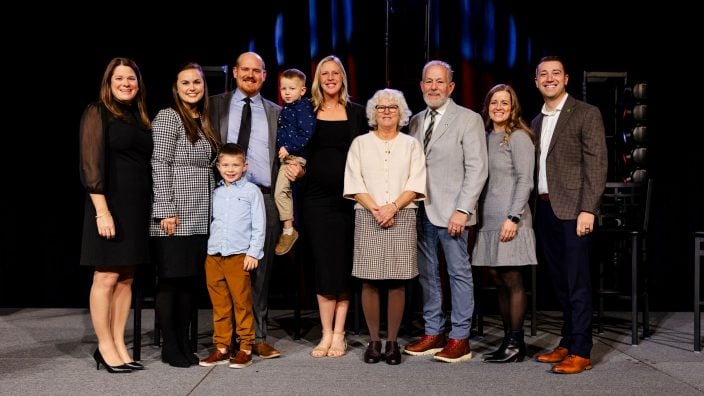
Nathan and Jill Parriman grow seasonal crops, including Christmas trees, pumpkins and cut flowers, providing U-cut experiences that invite customers to engage directly with agriculture.
Read More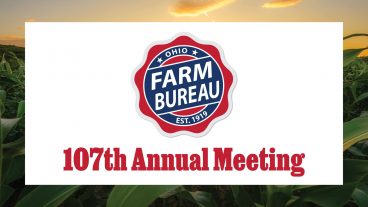

The 2025 Distinguished Service Award recipients are Craig Adams, Mike Townsley, and Kellogg Farms, Kurt Farms and Stateler Family Farms.
Read More

Ohio Farm Bureau Treasurer Adele Flynn participated in the meeting, representing Ohio farmers.
Read More

For Ohio and PJM region, the outlook is reassuring—ample reserves and strong planning should keep the power on.
Read More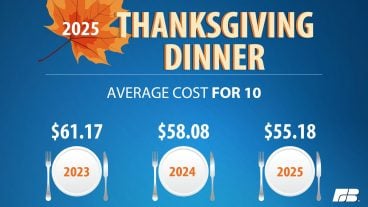
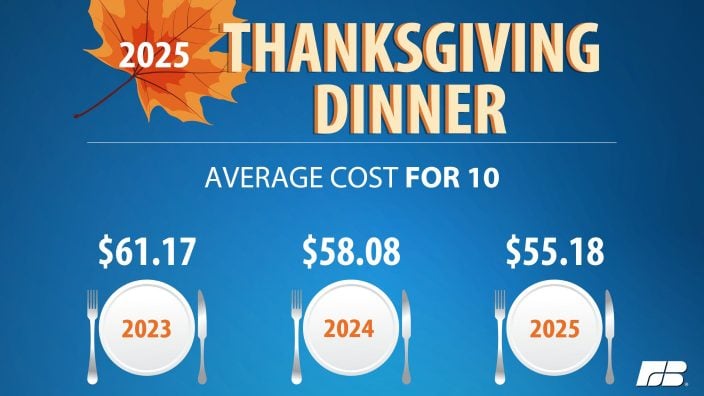
The average price for a classic holiday feast for 10 in Ohio will cost $55.87.
Read More